The changing climate and unpredictable weather patterns have added extra stress to plants and trees. The bouts of heat in between cold spells and long-periods without precipitation has made it hard for trees to adapt and survive. Some trees are hardier than others and have adjusted just fine. One way to avoid unnecessary stress on trees is to plant the right species for your area and opt for trees that handle some of the more extreme weather patterns you may experience.
These four rugged trees thrive well in warmer climates and are drought-tolerant.
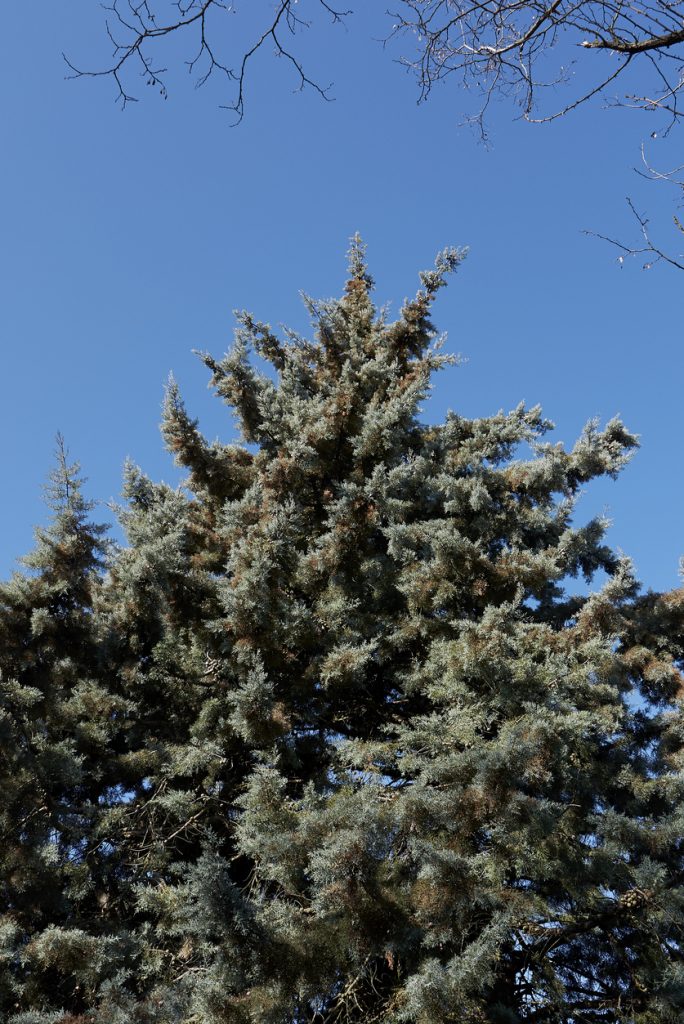
Arizona Cypress
Cupressus arizonica
As the name suggests, this heat and drought-tolerant cypress is native to the southwestern United States and northern Mexico. While it has a limited reach in terms of Hardiness Zones, the Arizona cypress is an excellent choice for windbreaks, erosion control, and landscape ornamentals.
Hardiness Zones 7-9
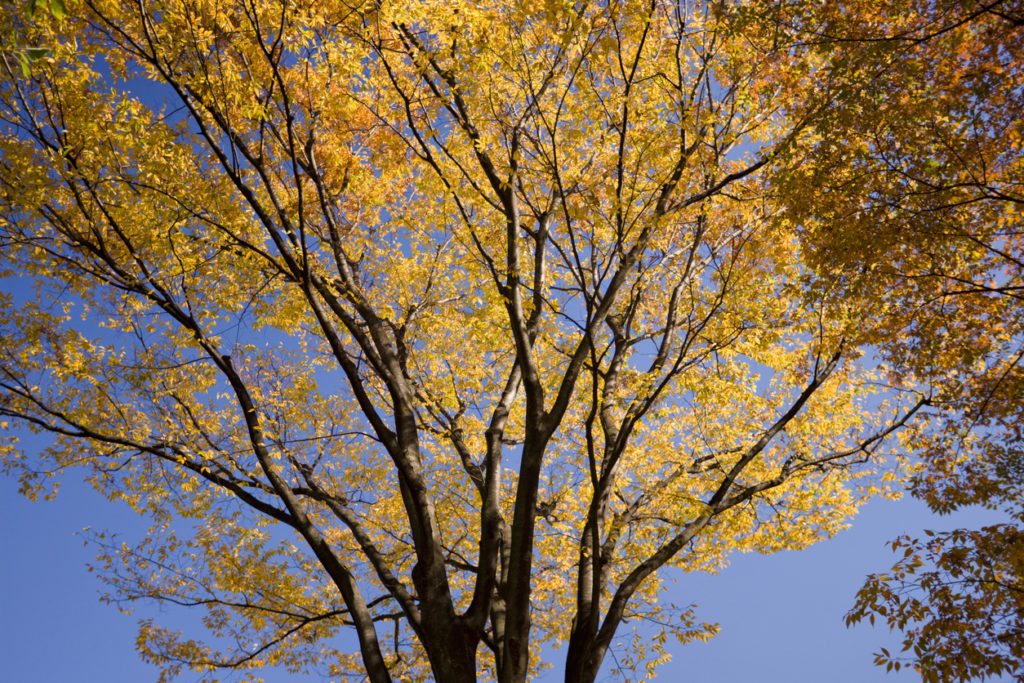
Japanese Zelkova
Zelkova serrata
The Japanese Zelkova is a good street and shade tree that has an appealing vase-shaped form with a rounded crown. Green leaves turn yellow, copper, orange or deep red to purplish-red in fall, putting on a showy display. The peeling bark on older trees exposes orange patches, which can be quite impressive.
Hardiness Zones 5-8
Read: 10 Drought-Tolerant Trees That Will Throw Shade
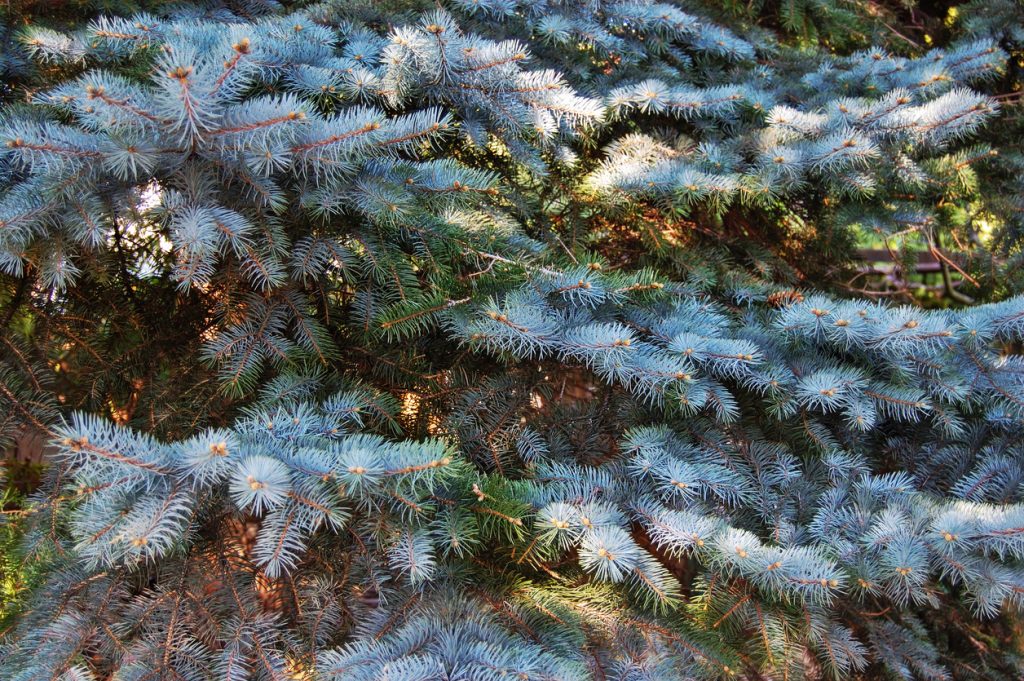
White Fir
Abies concolor
Long ago, naturalist Donald Peattie recognized the beauty and adaptability of the white fir and accurately predicted that its future “lies in its value as an ornamental.” Its shape, color, and ability to thrive on harsh sites has made the tree a favorite for urban landscaping.
Hardiness Zones 4-7
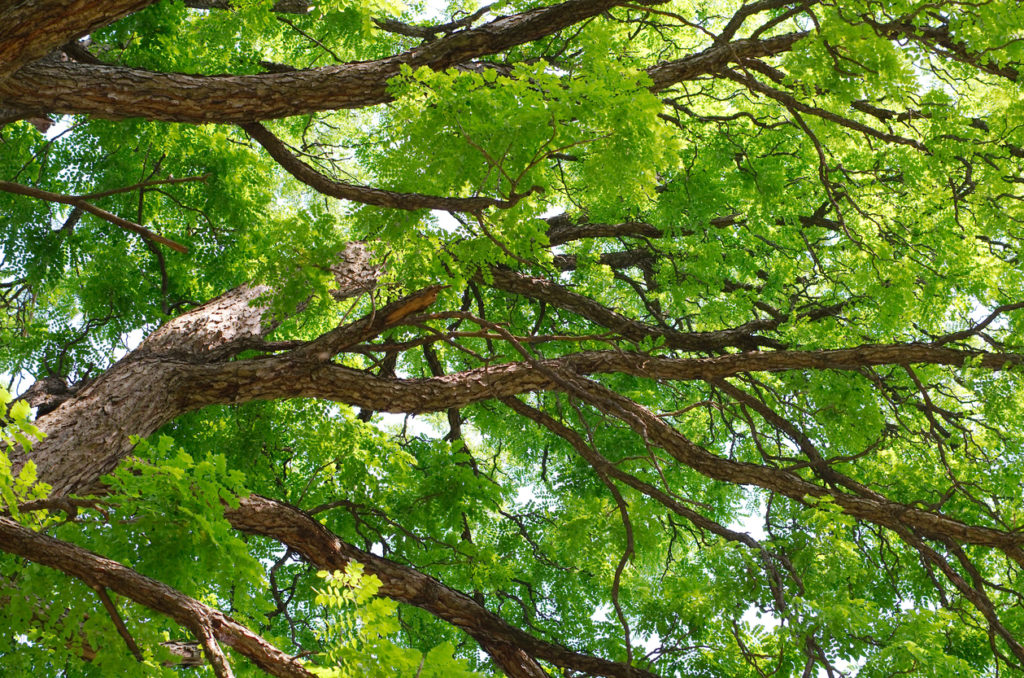
Kentucky Coffeetree
Gymnocladus dioicus
Drought-resistant. Tolerant of pollution. Adaptable to a variety of soils. With its reputation as a tough species, the Kentucky coffeetree is an excellent choice for parks, golf courses and other large areas. It is also widely used as an ornamental or street tree.
The tree’s picturesque profile stands out in all seasons and can be attributed to a unique growth habit of coarse, ascending branches that often form a narrow crown. Tree expert Michael Dirr pointed out that there are “certainly no two exactly alike.”
Hardiness zones 3-8
Visit the tree nursery to see what else will work for your yard.


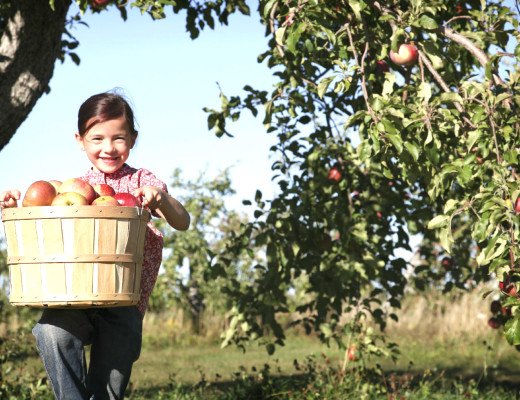


Why can’t we see a RECORD of our past orders/purchases? EVERY BUSINESS does this!
Hi Cindy,
If you have questions about past orders you can reach out to our member experience team at 1-888-448-7337 and they can answer your questions.
With the work of Doug Tallamy and others showing the importance of native plants to biodiversity, I think the importance of planting native should be part of the Arbor mission. As a member I am sorry to see Zelkolva’s etc recommended. and in your shrubs for purchase I wish there were more straight specie native shrubs offered
We agree on the importance of native species, Chris. We also believe tree diversity helps mitigate the damage that can result from only a few species dominating a landscape. Devastating, widespread tree loss resulting from Dutch elm disease and emerald ash borer, for example, could have been reduced with species diversity. Additionally, a diversity of tree species can often lead to a diversity of songbirds and wildlife. To accomplish diversity, especially in urban landscapes, non-natives should sometimes be included to complement the native species that are available.
We do our best to offer a diverse selection of trees and shrubs that will serve well in the communities where they’ll be planted. We are always checking with the experts to ensure that the trees we offer are appropriate.